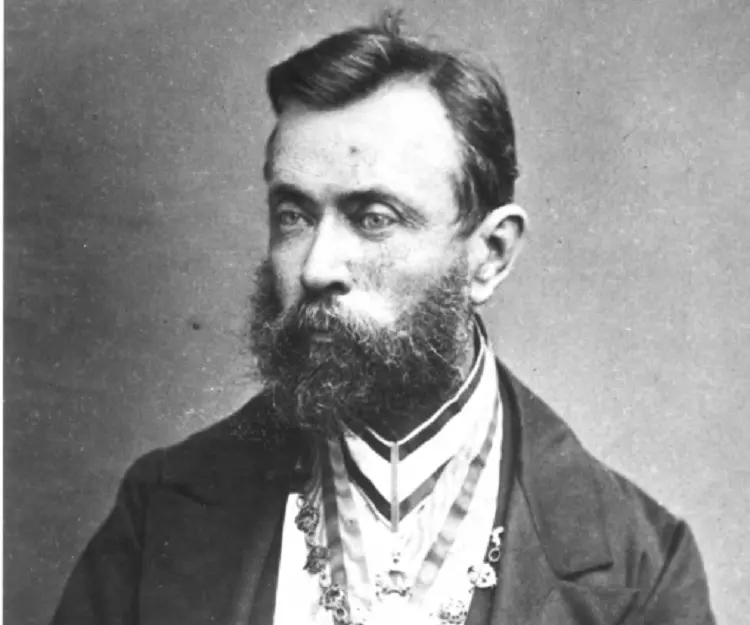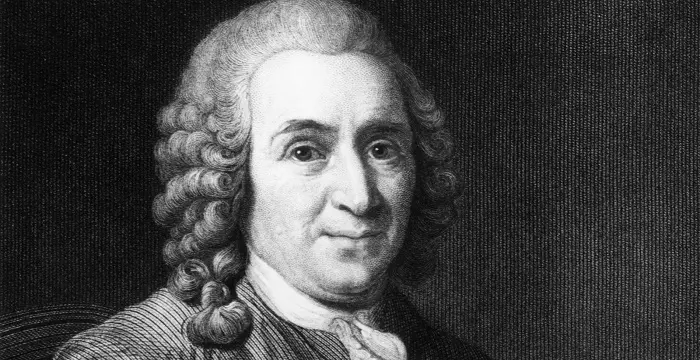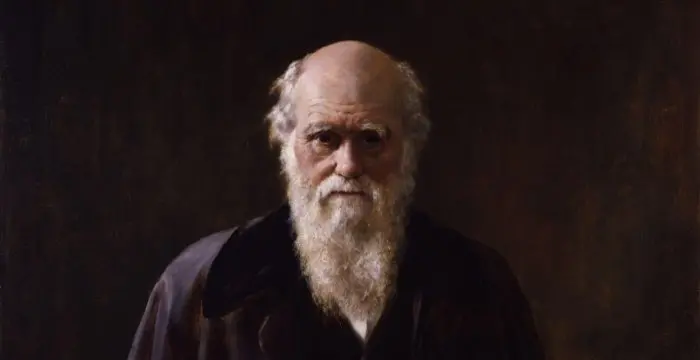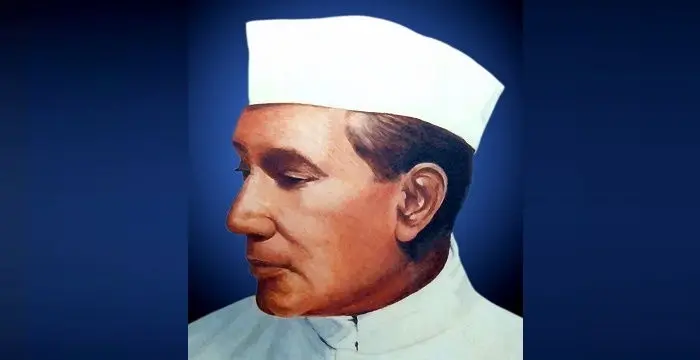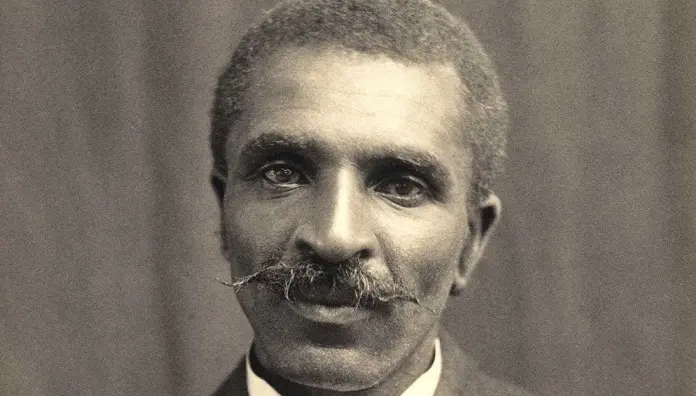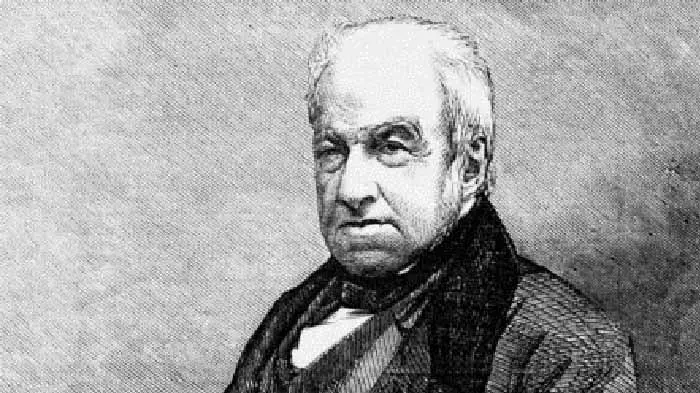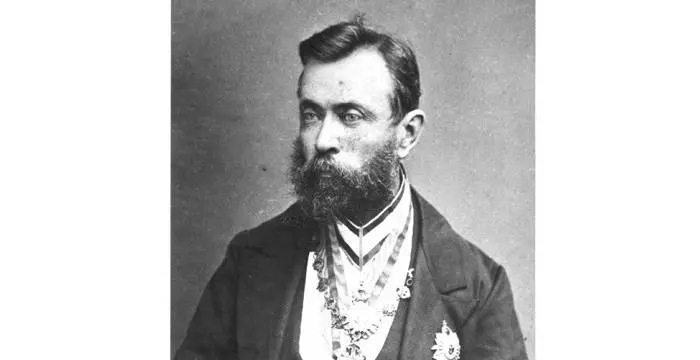
Ferdinand von Mueller - Geographers, Career and Family
Ferdinand von Mueller's Personal Details
Ferdinand von Mueller was a German-Australian botanist and geographer
| Information | Detail |
|---|---|
| Birthday | June 30, 1825 |
| Died on | October 10, 1896 |
| Nationality | Australian, German |
| Famous | Intellectuals & Academics, Geographers, Botanists, Botanists, Geographers |
| Known as | Baron Sir Ferdinand Jacob Heinrich von Mueller |
| Birth Place | Rostock, Germany |
| Born Country | Germany |
| Gender | Male |
| Sun Sign | Cancer |
| Born in | Rostock, Germany |
| Famous as | Botanist and Geographer |
| Died at Age | 71 |
Ferdinand von Mueller's photo
Who is Ferdinand von Mueller?
Ferdinand von Mueller was a German-Australian geographer and botanist who founded the National Herbarium of Victoria. Over the course of his extensive career, he served as the government botanist for the then colony of Victoria and later director of the Royal Botanic Gardens, Melbourne. One of Australia's most prominent 19th century scientists, he ventured into botany at quite a young age. Born in Germany, he was just 15 when he began his study of the vegetation of the Schleswig-Holstein area, a project that would take him several years. He proceeded to study botany under Professor Ernst Ferdinand Nolte at Kiel University and earned his doctorate with a thesis on the plants of the southern regions of Schleswig. His interest in studying plants from different regions led to a love for exploration as well. As a young man he moved to Australia where he explored the areas around Mount Arden and Mount Brown and continued his botanical research. Soon he established himself as a reputed botanist and was appointed government botanist for Victoria by Governor Charles La Trobe. He travelled extensively on scientific expeditions and is credited to have discovered nearly 800 species in Australia new to science. Mueller never married and dedicated his entire life to scientific pursuits.
Childhood & Early Life
Ferdinand Jacob Heinrich von Mueller was born on 30 June 1825, to Frederick Mueller, commissioner of customs, and his wife Louise. He had many siblings though only a few survived to adulthood. His parents too died when he was a young boy.
He was raised by his grandparents following the death of his parents. He received a good education and was apprenticed to a chemist when he was 15. Interested in plants from a young age, he began researching on the vegetation of the Schleswig-Holstein area.
After passing his pharmaceutical examinations, he studied botany under Professor Ernst Ferdinand Nolte at Kiel University. He was awarded a Ph.D. in 1847 for a thesis surveying the flora of southern Schleswig.
Career
Around this time, his sister Bertha was advised to move to a warmer climate for her health. On the suggestion of the great botanist Ludwig Preiss, Mueller and his two surviving sisters moved to Australia in December 1847.
He found employment as a chemist with Moritz J. Heuzenroeder. In his leisure time he would study the local flora, exploring places like Mount Gambier, Flinders Ranges, and Lake Torrens. He also explored Mount Arden and Mount Brown during his first year.
Intending to start a farm, he acquired several acres of land. However, this plan did not go as envisioned and he returned to his former employment. In 1852 he contributed a paper to the Linnean Society of London on ‘The Flora of South Australia’ which gained him recognition in botanical circles.
In 1853, Mueller was appointed government botanist for Victoria by Governor Charles La Trobe. In this position, he travelled around Port Albert and Wilson's Promontory, collecting several specimens that had potential for industrial and medicinal uses.
From 1854 to 1872, he served as a member of the Victorian Institute for the Advancement of Science, which later became the Philosophical Institute of Victoria.
In 1855, he was appointed botanist to the North West Australia Expedition, which left Sydney in July that year. It was an extensive expedition which covered around 5,000 miles in 16 months. Mueller studied some 2,000 species of which about 800 were new to Australian botany.
After his return to Melbourne in 1857, he was appointed director of the Botanical Gardens while still retaining his post as government botanist. In this position he arranged for the construction of a herbarium to which he contributed his own extensive collections. He was also responsible for exchanging seeds and plants with botanists throughout Australia as well as Europe and America.
Ferdinand von Mueller recognized the potential uses of several species of flora in medicine and industry. He realized the commercial value of Victorian timber in the manufacture of charcoal, gunpowder, tar, vinegar, spirits and potash, and also recognized the medicinal potential of eucalyptus. By being aware of the practical applications of his discoveries, he helped the citizens of Victoria in making financial gains though he himself did not make any profits.
A prolific writer, he published over 800 papers and major works on Australian botany which include ‘The Natural Capabilities of the Colony of Victoria’ (1875), ‘Select Plants Readily Eligible for Industrial Culture or Naturalization in Victoria’ (1876), several volumes of ‘Fragmenta phytographica Australiae’ (1862–1881), and two volumes of the ‘Plants of Victoria’ (1860–1865).
Major Works
Over the course of his extensive career Mueller observed some 2,000 species, of which about 800 were new to Australian botany. He played a major role in spreading knowledge about the medicinal qualities of the blue gum (Eucalyptus globulus) throughout the world and introduced the species in countries across Europe, Africa, and the extratropical portions of South America.
Awards & Achievements
Mueller was appointed a fellow of the Royal Society in 1861, and knighted as Knight Commander of the Order of St Michael and St George in 1879.
In 1883, he was awarded the Clarke Medal by the Royal Society of New South Wales.
He was also the recipient of the Royal Medal (1888).
Personal Life & Legacy
Ferdinand von Mueller never married though he was briefly engaged to Euphemia Henderson in 1863 and Rebecca Nordt in 1865. He was very close to his sisters of whom one predeceased him.
He died on 10 October 1896, at the age of 71.
A species of Australian lizard, Lerista muelleri, is named in his honor.
// Famous Intellectuals & Academics
Bertil Gotthard Ohlin
Bertil Gotthard Ohlin was a famous Swedish economist. This biography profiles his childhood, family life & achievements.
Emily Greene Balch
Emily Greene Balch was an American economist, sociologist and pacifist who won the 1946 Nobel Peace Prize. This biography of Emily Greene Balch provides detailed information about her childhood, life, achievements, works & timeline.
Martin Buber
One of the greatest philosophers to have ever walked on earth, Martin Buber contributions to philosophy is a long-standing one. Explore all about his profile, childhood, life and timeline here.
Ferdinand von Mueller's awards
| Year | Name | Award |
|---|---|---|
Other | ||
| 0 | Clarke Medal | |
Ferdinand von Mueller biography timelines
- // 30th Jun 1825Ferdinand Jacob Heinrich von Mueller was born on 30 June 1825, to Frederick Mueller, commissioner of customs, and his wife Louise. He had many siblings though only a few survived to adulthood. His parents too died when he was a young boy.
- // 1847After passing his pharmaceutical examinations, he studied botany under Professor Ernst Ferdinand Nolte at Kiel University. He was awarded a Ph.D. in 1847 for a thesis surveying the flora of southern Schleswig.
- // Dec 1847Around this time, his sister Bertha was advised to move to a warmer climate for her health. On the suggestion of the great botanist Ludwig Preiss, Mueller and his two surviving sisters moved to Australia in December 1847.
- // 1852Intending to start a farm, he acquired several acres of land. However, this plan did not go as envisioned and he returned to his former employment. In 1852 he contributed a paper to the Linnean Society of London on ‘The Flora of South Australia’ which gained him recognition in botanical circles.
- // 1853In 1853, Mueller was appointed government botanist for Victoria by Governor Charles La Trobe. In this position, he travelled around Port Albert and Wilson's Promontory, collecting several specimens that had potential for industrial and medicinal uses.
- // 1854 To 1872From 1854 to 1872, he served as a member of the Victorian Institute for the Advancement of Science, which later became the Philosophical Institute of Victoria.
- // 1855In 1855, he was appointed botanist to the North West Australia Expedition, which left Sydney in July that year. It was an extensive expedition which covered around 5,000 miles in 16 months. Mueller studied some 2,000 species of which about 800 were new to Australian botany.
- // 1857After his return to Melbourne in 1857, he was appointed director of the Botanical Gardens while still retaining his post as government botanist. In this position he arranged for the construction of a herbarium to which he contributed his own extensive collections. He was also responsible for exchanging seeds and plants with botanists throughout Australia as well as Europe and America.
- // 1861 To 1879Mueller was appointed a fellow of the Royal Society in 1861, and knighted as Knight Commander of the Order of St Michael and St George in 1879.
- // 1863 To 1865Ferdinand von Mueller never married though he was briefly engaged to Euphemia Henderson in 1863 and Rebecca Nordt in 1865. He was very close to his sisters of whom one predeceased him.
- // 1883In 1883, he was awarded the Clarke Medal by the Royal Society of New South Wales.
- // 1888He was also the recipient of the Royal Medal (1888).
- // 10th Oct 1896He died on 10 October 1896, at the age of 71.
// Famous Botanists
Carl Linnaeus
Carolus Linnaeus was a renowned Swedish biologist popularly known as the ‘Father of Modern Taxonomy’ who founded the binomial nomenclature. Read on to know more about his childhood, career, profile and timeline
Charles Darwin
Charles Darwin was one of the most influential figures in human history. Go through this biography to get details about his life, profile and timeline.
Birbal Sahni
Birbal Sahni was an Indian palaeobotanist who founded the Birbal Sahni Institute of Palaeobotany in Lucknow. This biography of Birbal Sahni provides detailed information about his childhood, life, achievements, works & timeline.
George Washington Carver
George Washington Carver was an American scientist and inventor. This biography provides detailed information about his childhood, life, achievements and timeline.
Janaki Ammal
Janaki Ammal was an Indian botanist best remembered for her work on sugarcane and eggplant. This biography of Janaki Ammal provides detailed information about her childhood, life, achievements, works & timeline
Robert Brown
Robert Brown was a renowned botanist, famous for having laid the foundation for what is today popularly called the ‘Brownian Motion’.Read on for detailed information about his childhood, profile, career and timeline
Ferdinand von Mueller's FAQ
What is Ferdinand von Mueller birthday?
Ferdinand von Mueller was born at 1825-06-30
When was Ferdinand von Mueller died?
Ferdinand von Mueller was died at 1896-10-10
Which age was Ferdinand von Mueller died?
Ferdinand von Mueller was died at age 71
Where is Ferdinand von Mueller's birth place?
Ferdinand von Mueller was born in Rostock, Germany
What is Ferdinand von Mueller nationalities?
Ferdinand von Mueller's nationalities is Australian, German
What is Ferdinand von Mueller's sun sign?
Ferdinand von Mueller is Cancer
How famous is Ferdinand von Mueller?
Ferdinand von Mueller is famouse as Botanist and Geographer

